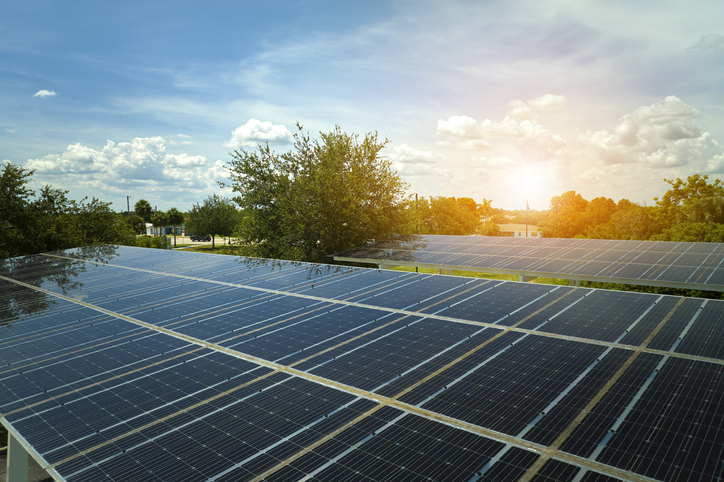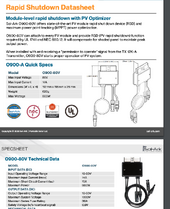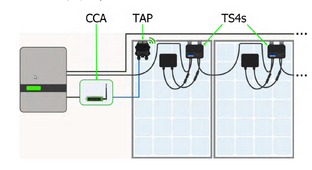This is just my opinion.
If you want a low frequency inverter (uses transformers) and is built like a tank, is hybrid and can be expanded in parallel, an Outback Power Radian system will fit the bill. They are very reliable. Their main drawback is they are an ecosystem requiring additional hardware pieces to be purchased and attached to them for full functionality. They support lithium batteries, but not yet in a closed loop automated kind of system. You have to do a little programming. But they will start big heavy motors that have large induction loads. They are only for indoor installation and do best in an environmentally controlled space, not an unheated garage in Toronto.
The SMA and Fronius inverters are made in Europe and are very high quality. I believe they now offer hybrid systems to be paired with batteries. I have older SMA units at my home that have been trouble free for 9 years now.
Then there are the newer inverters coming out of Asia. They vary in quality and features because the space is evolving very rapidly. Service and support for these models also is evolving and may or may not be adequate for you. Examples are Sol-Ark in USA (Deye), Luxpower, Growatt, Solis, etc. There are many more. If you are new to solar, then it is most important that you plan very carefully your entire system design from panels to wires to batteries and to inverter so that you maximize your benefits and are not disappointed in performance.
Make certain plans are drawn up that can be permitted and that you yourself have seen the plans, understand them and have the opportunity to ask questions. Make sure your contractor follows the plans during construction, the system is built to applicable codes and fire safety and can be inspected and pass the inspection before all the money has been paid out (Yes, I watch Mike Holmes on TV all the time).
Lastly, learn how to operate your system as the system administrator because in the real world, contractors come and go all of the time and you are left holding the bag down the road, you want to know how to operate the system.
Lastly, I know hydro is cheap in your area, I know it is rainy and cloudy in your area, I know there has been no Stanley Cup since 1967. There is an excellent company in Toronto called Aurora Generators who you may wish to contact and see if they can help along the way with solar and or just generator backup.
Good luck.
If you want a low frequency inverter (uses transformers) and is built like a tank, is hybrid and can be expanded in parallel, an Outback Power Radian system will fit the bill. They are very reliable. Their main drawback is they are an ecosystem requiring additional hardware pieces to be purchased and attached to them for full functionality. They support lithium batteries, but not yet in a closed loop automated kind of system. You have to do a little programming. But they will start big heavy motors that have large induction loads. They are only for indoor installation and do best in an environmentally controlled space, not an unheated garage in Toronto.
The SMA and Fronius inverters are made in Europe and are very high quality. I believe they now offer hybrid systems to be paired with batteries. I have older SMA units at my home that have been trouble free for 9 years now.
Then there are the newer inverters coming out of Asia. They vary in quality and features because the space is evolving very rapidly. Service and support for these models also is evolving and may or may not be adequate for you. Examples are Sol-Ark in USA (Deye), Luxpower, Growatt, Solis, etc. There are many more. If you are new to solar, then it is most important that you plan very carefully your entire system design from panels to wires to batteries and to inverter so that you maximize your benefits and are not disappointed in performance.
Make certain plans are drawn up that can be permitted and that you yourself have seen the plans, understand them and have the opportunity to ask questions. Make sure your contractor follows the plans during construction, the system is built to applicable codes and fire safety and can be inspected and pass the inspection before all the money has been paid out (Yes, I watch Mike Holmes on TV all the time).
Lastly, learn how to operate your system as the system administrator because in the real world, contractors come and go all of the time and you are left holding the bag down the road, you want to know how to operate the system.
Lastly, I know hydro is cheap in your area, I know it is rainy and cloudy in your area, I know there has been no Stanley Cup since 1967. There is an excellent company in Toronto called Aurora Generators who you may wish to contact and see if they can help along the way with solar and or just generator backup.
Good luck.






